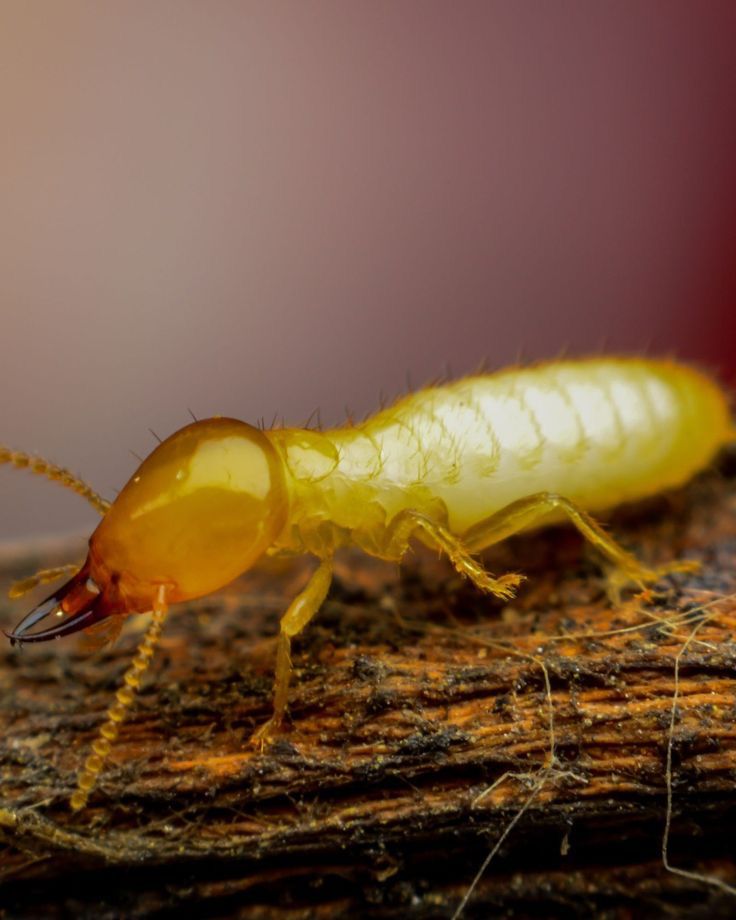When we think of termites, the first thing that comes to mind is usually destruction — chewed-up wood, crumbling buildings, and costly repairs. But beyond their reputation as pests, termites are remarkable creatures with a vital role in maintaining ecological balance, especially in tropical and subtropical regions like many parts of Africa.
The Ecological Importance of Termites
Termites are often called “ecosystem engineers” — and for good reason. These small insects do more than dig tunnels or live in impressive mounds:
- Soil Health and Fertility
Termites break down tough plant materials, such as dead wood and dry leaves, turning them into rich organic matter. This helps:- Enrich the soil with nutrients
- Improve soil aeration and structure
- Support the growth of crops and wild plants
- Natural Decomposers
Without termites, forests and savannas would be overwhelmed by plant debris. Termites are essential for recycling nutrients, helping ecosystems regenerate and stay productive. - Water Retention and Anti-Erosion
In arid areas, termite tunnels increase soil porosity, allowing rainwater to seep deeper into the ground. This reduces soil erosion and promotes water availability for plants. - Supporting Biodiversity
Termite mounds serve as microhabitats for many species — reptiles, birds, fungi, and even certain plants. They create small ecosystems that support life in surprising ways.
Beyond Nature: Cultural and Economic Uses
In many African communities, termites and their by-products have practical and even economic value:
- Food Source: Insects like termites are rich in protein and are consumed in parts of Africa as a nutritious delicacy, especially during swarming seasons.
- Medicine: Some traditional healers use termite soil or extracts from termite mounds for treating wounds or stomach issues.
- Construction: Termite mound clay is used in some rural areas as a building material due to its high durability and insulation properties.
A Hidden Ally in Science and Innovation
Researchers are now looking at termites for biomimicry — copying their natural behaviors to inspire innovation. For example:
- Architects study termite mounds to design naturally ventilated buildings, reducing the need for air conditioning.
- Agricultural scientists explore termite behavior to improve soil management and crop resilience.
Yes, They Can Be Pests Too… But Balance is Key
Of course, not all termite activity is welcome — especially when they invade homes, schools, or infrastructure. But instead of seeing termites only as enemies, it’s time to view them with a more balanced perspective. Just like bees or ants, termites are part of a larger natural system and when that system is healthy, humans benefit too.
Final Thought: Protecting Our Tiny Builders
The challenge lies in protecting beneficial termite habitats while managing their destructive potential in human settlements. Through education, sustainable land use, and ecological farming, we can turn these misunderstood insects into allies — for agriculture, for biodiversity, and for the planet.
Did you know?
Termite mounds can reach up to 30 feet tall, contain millions of individuals, and stay naturally air-conditioned inside all built without a blueprint!


Leave a Reply